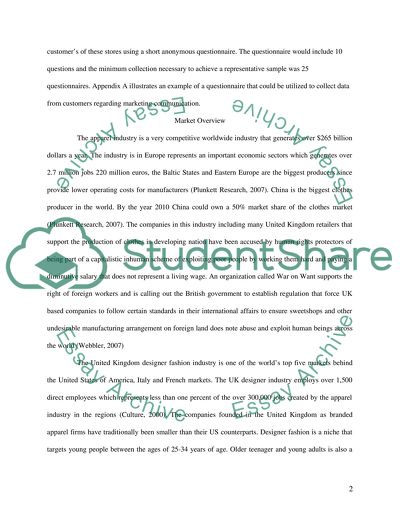Cite this document
(“Comparative analysis of Marketing Communications strategies and mix Essay - 2”, n.d.)
Comparative analysis of Marketing Communications strategies and mix Essay - 2. Retrieved from https://studentshare.org/miscellaneous/1543655-comparative-analysis-of-marketing-communications-strategies-and-mix-for-the-fashion-market-in-the-uk
Comparative analysis of Marketing Communications strategies and mix Essay - 2. Retrieved from https://studentshare.org/miscellaneous/1543655-comparative-analysis-of-marketing-communications-strategies-and-mix-for-the-fashion-market-in-the-uk
(Comparative Analysis of Marketing Communications Strategies and Mix Essay - 2)
Comparative Analysis of Marketing Communications Strategies and Mix Essay - 2. https://studentshare.org/miscellaneous/1543655-comparative-analysis-of-marketing-communications-strategies-and-mix-for-the-fashion-market-in-the-uk.
Comparative Analysis of Marketing Communications Strategies and Mix Essay - 2. https://studentshare.org/miscellaneous/1543655-comparative-analysis-of-marketing-communications-strategies-and-mix-for-the-fashion-market-in-the-uk.
“Comparative Analysis of Marketing Communications Strategies and Mix Essay - 2”, n.d. https://studentshare.org/miscellaneous/1543655-comparative-analysis-of-marketing-communications-strategies-and-mix-for-the-fashion-market-in-the-uk.


